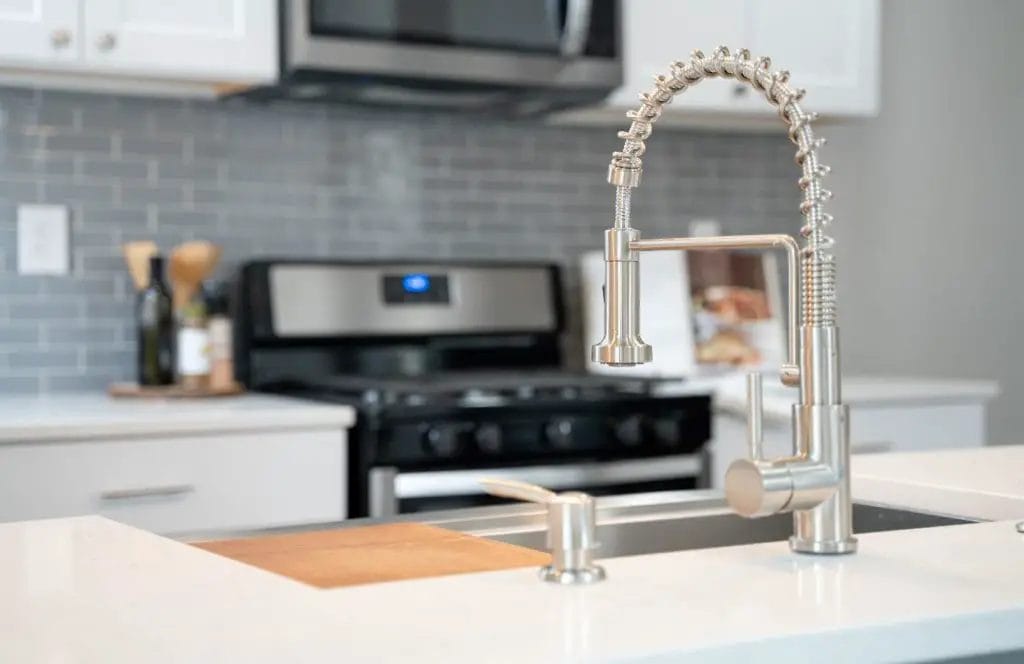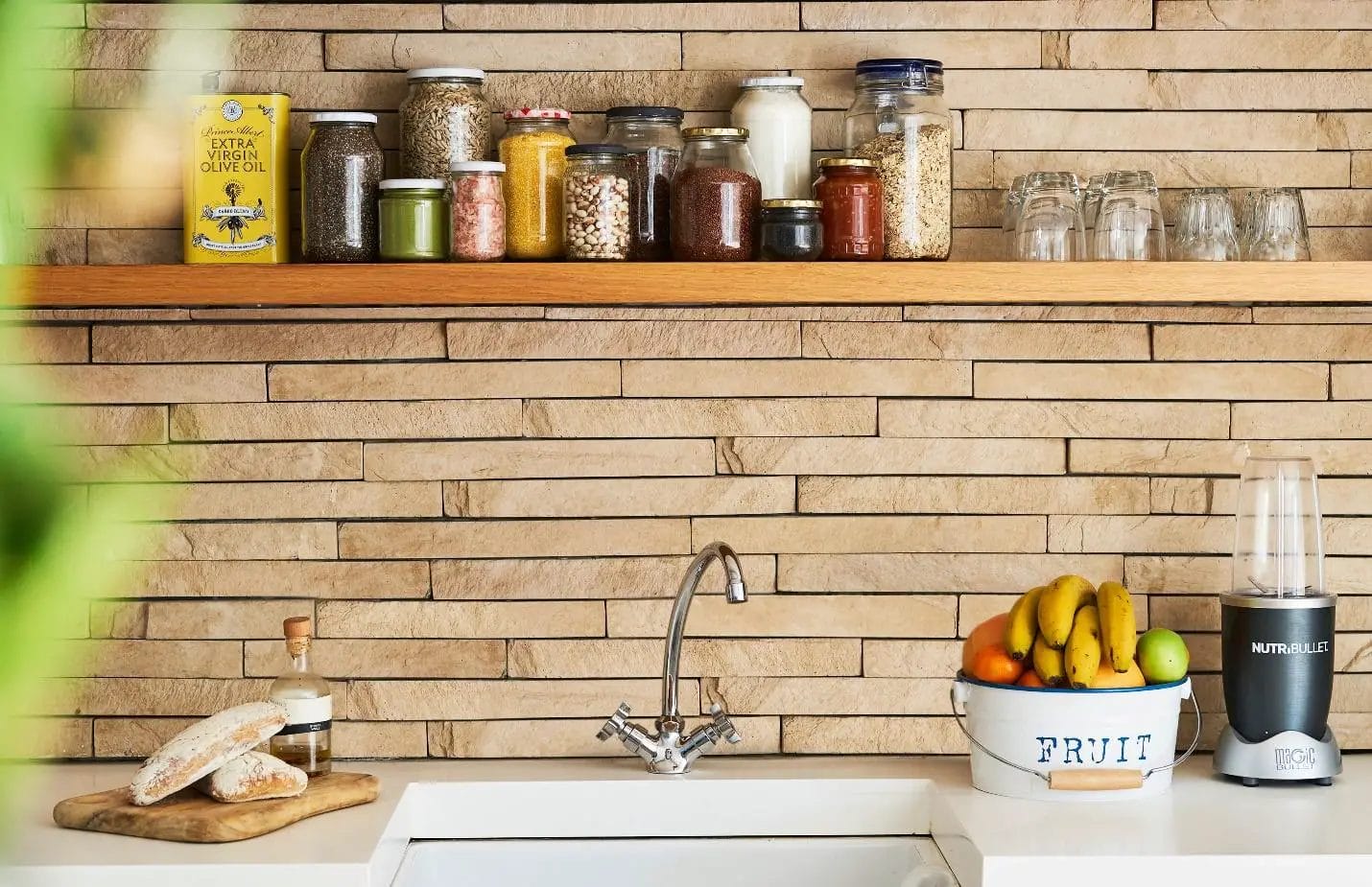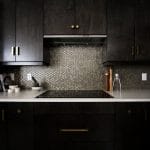The kitchen is a common gathering place for your family. In addition to being the place where you cook food, people often use the space to get work done or have private discussions. So, it would help if you kept it in pristine condition.
One of the most common issues that can disrupt optimal kitchen workflow is faucet issues. Before we start, it is essential to understand that common kitchen faucet problems are not always related to manufacturing defects. We’ve often seen people complain about their products, often failing to realize that the faucet is malfunctioning because of other contributing factors, like blockage or leakage.
Read this article if you’re tired of misdiagnosing your kitchen faucet problems and want to increase its shelf life. Whether it’s a blockage issue or an installation concern, we will explain the most common malfunctions of an aging kitchen faucet.
Common Malfunctions of an Aging Kitchen Faucet
If you have a modern faucet and it’s still causing problems, you’re facing plumbing issues. Sometimes the tap works perfectly fine, but the pipes are causing different problems, making the faucet act up.
Modern kitchen appliance manufacturers design highly durable and robust faucets, but even they might start acting up because of different reasons. You need to ensure you’re aware of the nature of kitchen faucet problems so they can promptly be dealt with, whether by you or a professional.
1. Improper Installation
Improper installation is one of the most common kitchen faucet problems. People who are into the DIY routine will agree when we say that sometimes you need a professional to install certain appliances. Kitchen faucets are not like the DIY cabinet you bought from your local IKEA store. They need to be installed in a proper manner, or else your aging faucet might suffer from a range of different issues.
Improperly installed faucets can cause leakage and pressure issues. If you’re installing one yourself, carefully read the instruction manual. It might instruct you to buy certain parts or use specific tools. Never ignore these instructions and buy the right tools and accessories to get the job done. Don’t use alternative tools which might damage the faucet and its components.
2. Leakage
Leakage is one of the most common malfunctions of an aging kitchen faucet. The leakage is commonly found at the base of the tap and can be caused due to several reasons. Also, the leakage will increase the amount of water wasted irrespective of its location.
First, you need to ensure that the faucet wasn’t improperly installed. Aging faucets are often overdue for a change, and you can’t do anything to fix them. Ensure it’s not either of these issues before moving on to other causes.
Faulty O-rings can also cause the faucet to leak. It’s a seal around the base of the faucet and only needs to be replaced to deal with the problem. Remember, leakage is a kitchen hazard as water can escape the counter to collect on the floor and cause people to slip. It can also damage the countertop and the wooden paneling of the sink cabinet.
Most cases of leakage result from the old age of a faucet. In this case, it will need a replacement to avoid future problems.
3. Rusting
Rusting is also among the common malfunctions of an aging kitchen faucet. In fact, it can be called the faucet-killer as rusting will functionally fail the fixture. The internal connections of the faucet are more prone to rusting issues. If the problem is not dealt with, it can result in leakage.
If you observe rust in tap water or notice a change in water color, consider replacing the faucet. You can also just clean the rust to prevent further damage, but replacement is the safest bet in most cases.

4. Noisy Faucet
Noisy faucets can be extremely annoying. When being operated, aging faucets often make unexpected noises like squeaks, bangs, or screeches. You don’t need to replace the entire fixture as these issues are commonly caused due to blockage or trapped air. However, prolonged noise problems can damage the plumbing and pipe connection. Immediately contact a professional if your faucet is emitting loud squeaks or bangs, and they will help you fix the problem.
5. Blocked Faucet
The aerator is a screen on your faucet through which the water flows. Different aerators can cause water to flow in different ways. However, since it’s a metal mesh, the aerator can become blocked due to mineral build-up or rust. Any solid particles in the eater can essentially become clogged in the metal aerator.
You can spot this issue early on if you have a similar faucet elsewhere in the house. If both the faucets have different water flows, one of them might be blocked. You don’t need to contact a plumber as the issue can be fixed by thoroughly cleaning the aerator!
6. Dripping
Dripping, like leakage, is one of the most common malfunctions of an aging kitchen faucet. It’s not only annoying but also wastes a tremendous amount of water. Think about how much water gets wasted each year because dripping faucets get overlooked by homeowners. You can judge its effect from your water utility bill.
Commonly, dripping is linked to the type of faucet you’re using. Compression faucets often have a faulty washer which can be replaced to solve the issue and stop the dripping. Cartridge faucets need the cartridge replaced. A plumber can help you out with both these methods.
7. Low Water Pressure
Low water pressure is particularly annoying when washing a pile of dishes. Low pressure can result from a number of reasons. The most common is the water supply issue, which has nothing to do with your kitchen faucet.
However, if there’s no problem with the water supply, you might have a slimy aerator, a clogged pipe, or a faulty diverter. If the diverter is not damaged and only dirty, unscrew the aerator and take the faucet apart to remove the diverter. Soak it in warm water and clean the waste build-up using vinegar. You can use the same tip for cleaning a dirty or slimy aerator.
In contrast, if you have a clogged pipe, you might be better off contacting a professional. Never attempt to deal with faulty pipes and plumbing if you’re not trained, as they can result in additional problems.
Conclusion
There are many kitchen faucet problems that people face daily. However, most of them have easy fixes and can be solved without contacting a professional. Knowledge of the common malfunctions of an aging kitchen faucet helps with early detection and prevention. We hope our article has made you more aware of the ways to deal with common kitchen faucet problems!







